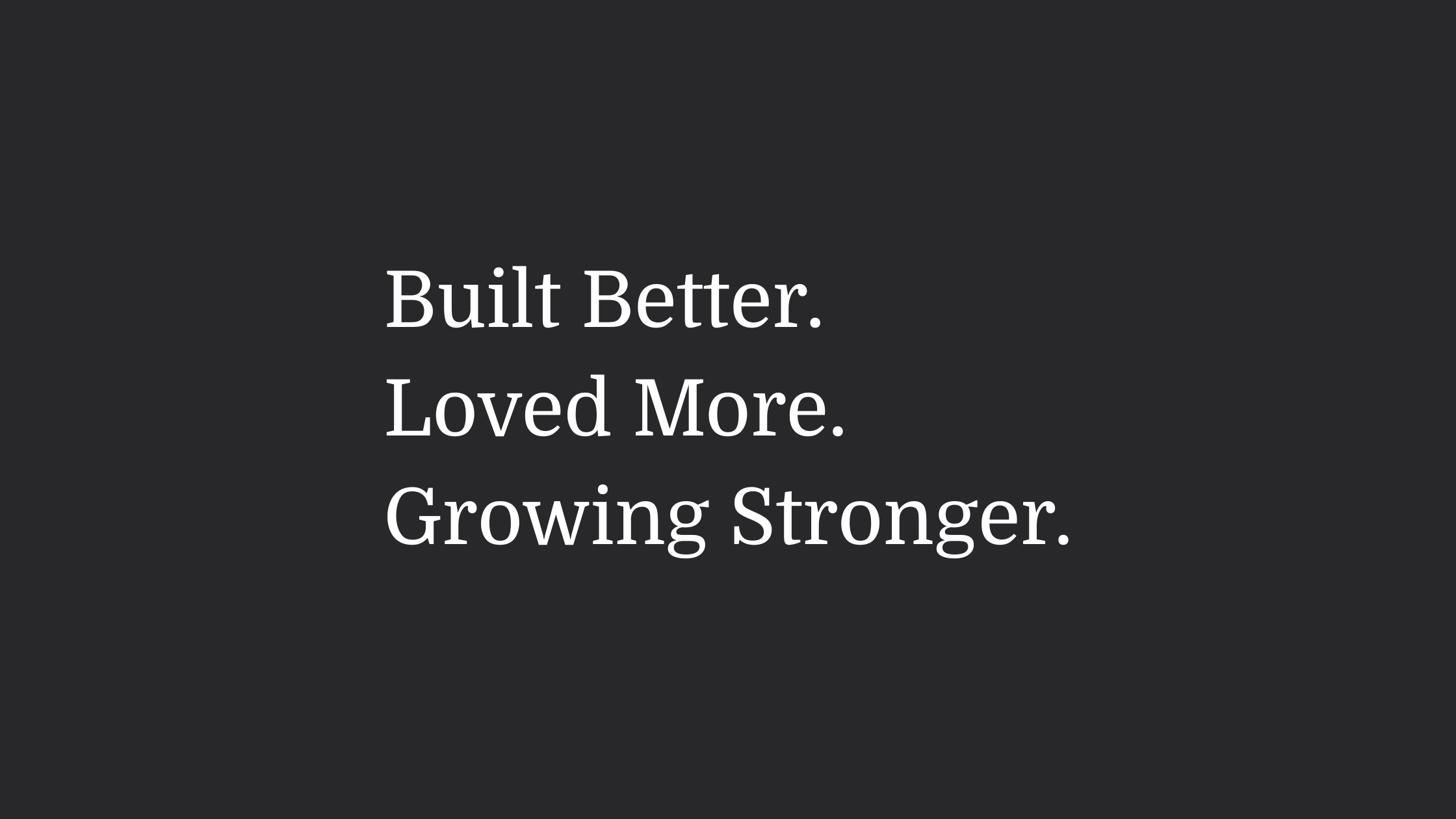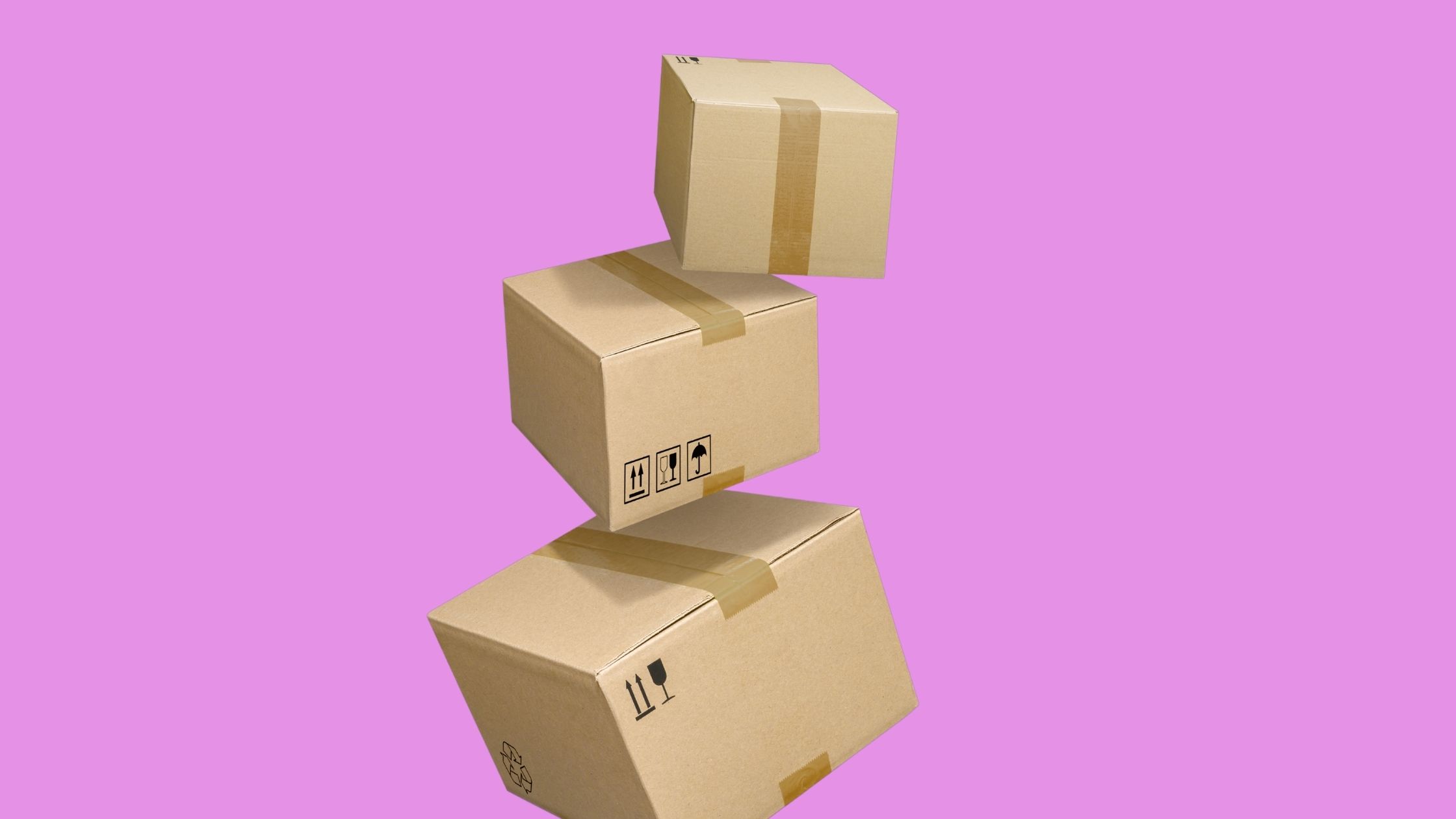Interview multiple candidates
Lorem ipsum dolor sit amet, consectetur adipiscing elit proin mi pellentesque lorem turpis feugiat non sed sed sed aliquam lectus sodales gravida turpis maassa odio faucibus accumsan turpis nulla tellus purus ut cursus lorem in pellentesque risus turpis eget quam eu nunc sed diam.
Search for the right experience
Lorem ipsum dolor sit amet, consectetur adipiscing elit proin mi pellentesque lorem turpis feugiat non sed sed sed aliquam lectus sodales gravida turpis maassa odio.
- Lorem ipsum dolor sit amet, consectetur adipiscing elit.
- Porttitor nibh est vulputate vitae sem vitae.
- Netus vestibulum dignissim scelerisque vitae.
- Amet tellus nisl risus lorem vulputate velit eget.
Ask for past work examples & results
Lorem ipsum dolor sit amet, consectetur adipiscing elit consectetur in proin mattis enim posuere maecenas non magna mauris, feugiat montes, porttitor eget nulla id id.
- Lorem ipsum dolor sit amet, consectetur adipiscing elit.
- Netus vestibulum dignissim scelerisque vitae.
- Porttitor nibh est vulputate vitae sem vitae.
- Amet tellus nisl risus lorem vulputate velit eget.
Vet candidates & ask for past references before hiring
Lorem ipsum dolor sit amet, consectetur adipiscing elit ut suspendisse convallis enim tincidunt nunc condimentum facilisi accumsan tempor donec dolor malesuada vestibulum in sed sed morbi accumsan tristique turpis vivamus non velit euismod.
“Lorem ipsum dolor sit amet, consectetur adipiscing elit nunc gravida purus urna, ipsum eu morbi in enim”
Once you hire them, give them access for all tools & resources for success
Lorem ipsum dolor sit amet, consectetur adipiscing elit ut suspendisse convallis enim tincidunt nunc condimentum facilisi accumsan tempor donec dolor malesuada vestibulum in sed sed morbi accumsan tristique turpis vivamus non velit euismod.
Whether it’s your business operations or the staff representing your brand, each of the 7 Ps plays a part in your business’s overall success. Just as having the wrong pricing can impact your sales, so too can shoddy packaging and a poorly timed promotion.
Here we break down what the 7 Ps of Marketing are, and what you should consider when working on your brand’s marketing strategy:
1. Product
Arguably the most important of all 7 Ps: your product is what you’re selling, and ultimately what your customers care about most. Above all, you should ensure that your end product is as high quality as it can be to ensure that customers recommend your services and keep coming back for more.
Create informative content around your product when selling online. The more photographic evidence, detailed descriptions and attention to detail, the better.
What to consider for your products:
- Is my product what my customers need right now?
- What are the future plans for my product? Can I adapt and expand my range, or do I need to consider releasing new stock?
2. Price
Now you’ve got your product - how much are you selling it for? Pricing also considers your positioning in the market. Consider whether you’re going for a lower cost item that you’ll have to sell more of (but have the edge over others in your field), or a higher cost item that you can attach brand value to. If you sell products with their own Global Trade Item Numbers or GTINs (i.e. you’re not selling your own brand’s products), you can do price comparisons with your competitors to check that you’re not being knowingly undersold. Very John Lewis. Don’t forget to list them on Shopify too so that your brand shows up on Google Shopping Feeds, and if you’re unsure, check out our guide to GTINs and how to use them here.
What to consider for your pricing:
- How does my pricing compare to others in my industry?
- Does my brand offering match up with my pricing? If I’m more expensive, am I offering customers a more superior brand experience?
- What’s my average order value, and can I increase this in any way? Can I create product bundles or offer tiered pricing structures?
3. Promotion
Promotions don’t have to fit into the traditional marketing calendar of Christmas, Black Friday, Mother’s Day and so on. There are many ways you can reward your customers and build loyalty all year round. Reward schemes, free gifts over a certain spend threshold, NHS or student discounts and even rewards for customer surveys are all good ways to connect with customers.
What to consider for your promotion:
- Are there any particular events or days that I should consider for my campaigns? Is my product more suitable to a certain season?
- How can I reward my most loyal customers?
- What can we do to stand out for bigger seasonal campaigns like Black Friday?
4. Place
Where is your brand based? Place takes into consideration where you’re going to sell your product or service. This might be as simple as your website or retail store, or it might be something less traditional like a trade show, a niche social media channel or even a physical catalogue.
Gymshark, a brand born and bred solely online, has enjoyed huge success recently in opening up a flagship retail store on Regent Street in London.
With space for bookable classes, bench sessions, a juice bar and personal shopping, this move to physical retail showed how the Gymshark personality could be transferred to a shop floor and would have had far less impact if they’d done so from the very beginning without the foundations of the brand.

If you’re looking to sell globally, then your website is naturally going to be your “forever home”. But don’t discount the power of a pop-up store or a TikTok Shop for hitting new audiences and demographics.
What to consider for your place:
- Do customers need to touch and feel my products, or am I suitable for just online?
- Are there any other channels that I could sell on? Upcoming social media channels, for example?
- Are there any events that would be suitable for my business?
5. Packaging (or Physical Evidence)
We recently placed a test order for a well-known beauty brand to see what their buyer journey was like. They’d used a fulfilment agency to send their lipstick, and whilst inside the box was neatly branded with logos and beautiful wrapping paper, on the outside we saw one of our team’s name and mobile number boldly emblazoned on the front - not to mention the box looked like it had taken a knock or two on its way to our front door. Not a great example of data protection.

Physical evidence in the e-commerce world might include packaging but also labelling and tags. If you sell clothing, are your swing tags on brand? Is there anything you could add to your parcels that could make your brand seem more appealing?
In a Shopify report, they discovered that 77% of consumers are concerned about the environmental impact of the products they buy. If there are ways your brand could cut down on unnecessary waste (we’re looking at you, Amazon), then consider this for your long-term strategy.
Physical evidence in the retail world might also include things like staff uniforms, shopfront signage and carrier bags. Your staff are a reflection of your brand - do you want them to have a spotless, clean-cut image, or are you more trendy and fun?
What to consider for your packaging:
- Am I being as eco-friendly as I can be? Are there ways to reduce my brand’s carbon footprint?
- How can I add branding to my packaging or products to make them stand out?
6. People
Not to be confused with the people who shop with you - “people” in this context stands for those who work for your brand. Just as your physical evidence might encompass what your team wears, it’s also important to hire those who match up with your brand values. Be sure to provide the right training and tools to ensure that your team is supported and happy in their roles, and check in regularly to ensure that you’re not missing any important areas for improvement. Environment is also key. Whether you’re furnishing a shop floor or an office, make your business a pleasant place to work. If you’ve got a customer-facing team, then be clear on your expectations for how they interact with customers or clients. Your brand’s reputation relies on your team doing their job well, so your people are crucial to your long-term success.
What to consider for your people:
- Do I feel confident that my team is a positive reflection of my brand?
- Does my team need more training to do their jobs effectively?
- How can I retain my team long term? Are there any areas I can improve on to make their working days more pleasant and productive? Is there anyone I don’t trust?
7. Process
If you’ve got your product and your customer, then your process is how you deliver this to them.
For effective processes, you need to consider the journey your customers go through until they have your product in their hands. Place a test order of your most popular products, and get your team to comment on what they liked or disliked about the buying process. Sometimes the smallest of changes could make a big difference to someone’s first impression of your brand.
Is your shipping as efficient as it could be? What about your customer service model? Is your team fully equipped to handle any queries that come through in a timely manner?
There’s a quote from The Art of War that says: “If you’re positioned correctly, you will actually win before you fight.”
Of course, not all business needs to be a fight to the death. But having the right systems and processes as a business can save you hours of time, not to mention thousands in profits.
What to consider for your processes:
- Is my business clunky in its operations? Are any of our operational systems outdated?
- Have I done a business MOT recently to analyse where we could improve?
- Are my business reviews predominantly positive or negative?
Struggling with your 7 Ps? Our Kubix services start with a discovery audit of your brand to determine exactly where you could improve. Get in touch with our team today to learn more about our discovery audit services:









